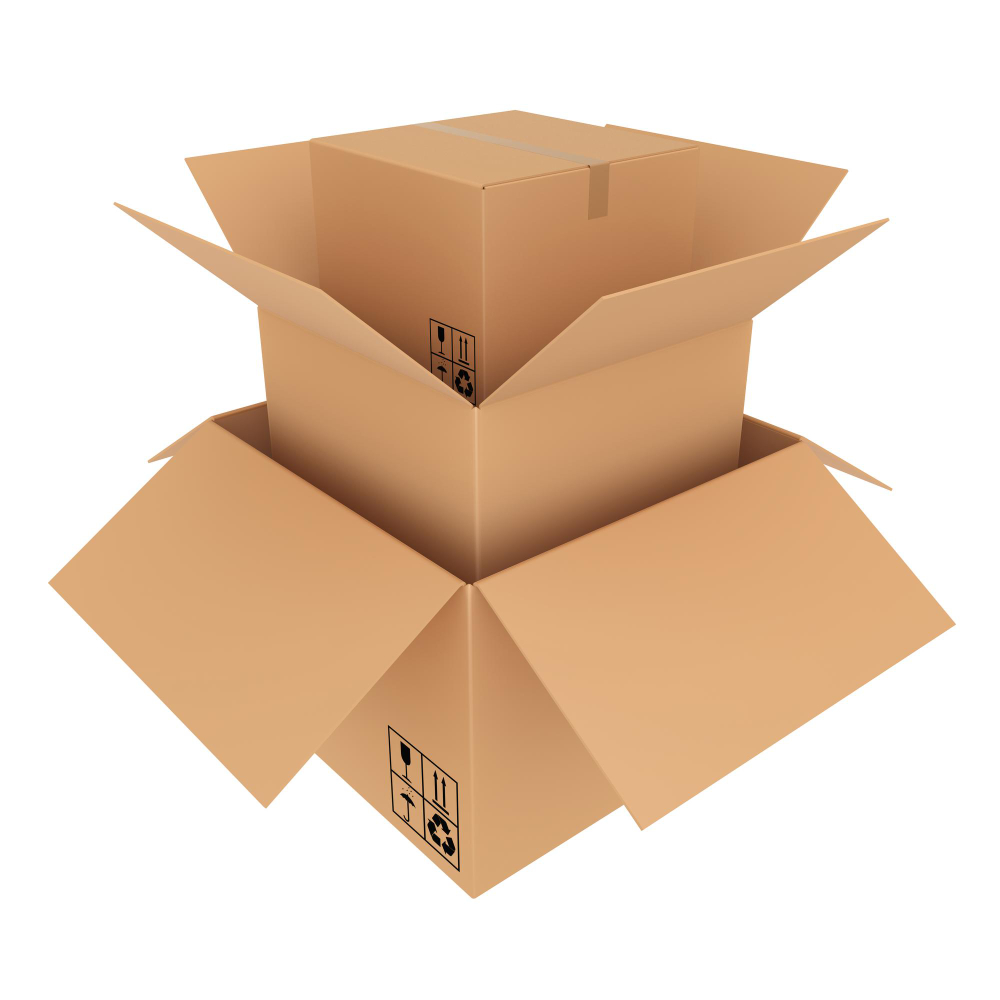Industrial packaging is used to protect, ship, and store a wide range of goods. Typically, industrial packaging is used at the production site, right after production, although it can be used at any point in the supply chain. This type of packaging is usually used on products that are sensitive and rely heavily on stability or that are hazardous or that are bulky or products that have components that are sensitive to each other.

It is often used by the automotive industry, technology industry, machinery manufacturers, highly sensitive equipment manufacturers, and others that need to protect their products from everything from moisture to vibrations.
Industrial packaging is the umbrella term that is used to describe specialized, heavy-duty, or customized packaging that brings the added value protection that many of today’s products depend on to get from point A to point B or to sit in storage.
Packaging Generalizations
Packaging generally is the science of protecting, preserving, shipping, and marketing any product, however, it takes on a new sense of urgency when it comes to certain products. All packaging carries similar elements in that it protects, provides a barrier, security, and containment. Sturdy packaging is a must for almost any production site. Most packaging options are standardized but not when it comes to industrial packaging, it is always custom. Industrial packaging is packaging at the next level.
It is Not Your Average Packaging
There are a few key qualities that make packaging for industrial purposes different from other packaging types:
- It is customized to a specific need
- Its primary purpose is for protection during shipping and storage
- It can also protect against hazardous exposure
- It is customized to the specific product
- It can contain many different materials in the design
- It is designed to meet international standards
Industrial packaging is designed for the specific product/s that it will protect. The type of customization depends solely on what the protection goals are for the product. Some products need extra protection for shipping while others need extra protection for long periods of storage. Some products need protection for both.
Packaging engineers, that designed packaging for industrial use, consider all the points above before they get to work designing the customized packaging. Designing this type of packaging requires a level of expertise and experience that can be a challenge to find.
Every piece of the packaging must be considered to ensure that it provides the protection that is needed while complying with international standards for material use. The right support is critical when it comes to getting the packaging right.
This is the solution for any industry that wants the added layer of protection for specific products that are at risk with traditional packaging.
Packaging engineers, that designed packaging for industrial use, consider all the points above before they get to work designing the customized packaging. Designing this type of packaging requires a level of expertise and experience that can be a challenge to find.
Every piece of the packaging must be considered to ensure that it provides the protection that is needed while complying with international standards for material use. The right support is critical when it comes to getting the packaging right.
This is the solution for any industry that wants the added layer of protection for specific products that are at risk with traditional packaging.

The Materials
In some cases, packaging can get very creative when it comes to protecting products. Industrial packaging materials can include:
- Wood, such as wood board, derails board, plywood, skids, wooden crates, wooden boxes, and more.
- Formed stainless steel and other metals
- Corrugated cardboard, fiberboard, paperboard, and more
- Various plastic forms shrink wrap and more
- Polypropylene
Packaging for industrial goods can be designed with a combination of materials to ensure safe, secure shipping and storage of the products. Typically, there is a combination of materials that work together to give the best results. For example, wood blocks combined with stainless sheets or corrugated cardboard combined with plastic forms. Determining which combination is the best combination of materials is unique to every product.
Learn More about the packaging information by following the Alpha Packaging blog and newsletters. We have experts in the packaging field who understand your needs and solve all your queries.
